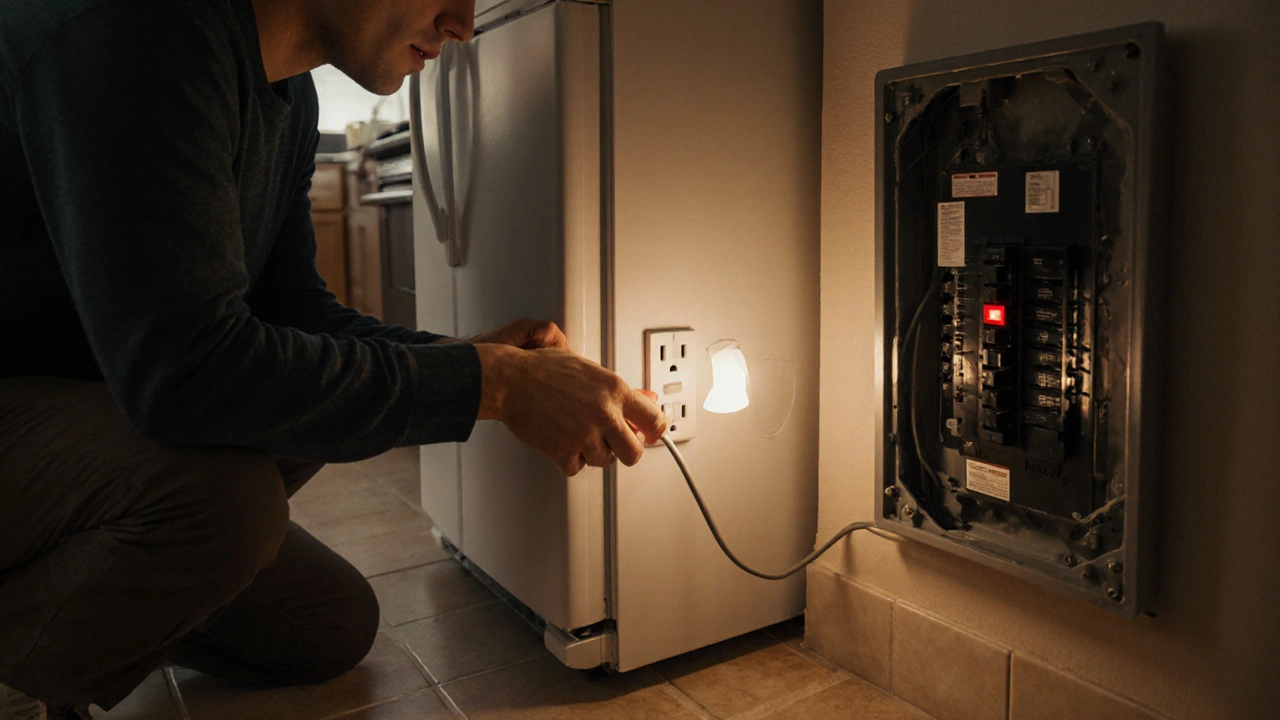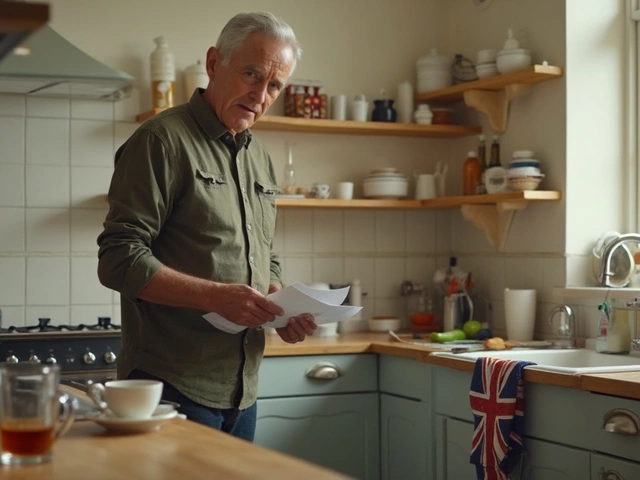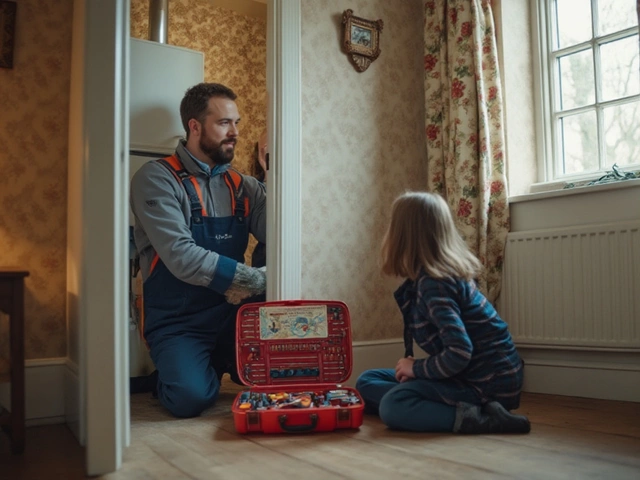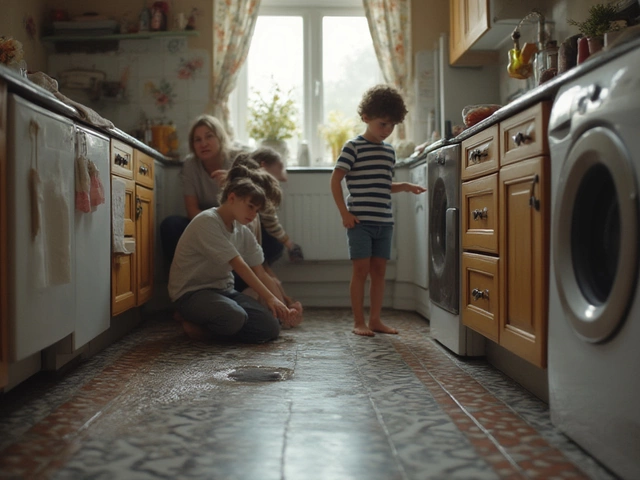Refrigerator Troubleshooting Checklist
Click each item below to mark it as checked. This helps you track your progress and identify the root cause.
Complete the checklist to get personalized troubleshooting advice.
Key Takeaways
- Start with the power source - unplugged or tripped breakers are the most common cause.
- Inspect the door seal; a leaky seal lets warm air in and forces the unit to work harder.
- Check the temperature control knob or digital thermostat; an accidental setting change can halt cooling.
- If power and seal are OK, listen for the compressor or the fan - silence often points to a deeper fault.
- Use the quick‑check checklist below to rule out simple problems before calling a technician.
When a refrigerator is a household appliance that keeps food and drinks cold by removing heat from its interior suddenly stops cooling, the first instinct is to panic. Most homeowners think the whole unit is dead, but the reality is that the majority of failures are linked to something you can verify in a minute or two. This guide walks you through the very first thing you should look at, why it matters, and how to move on if that check doesn’t solve the problem.
Why power is the most likely culprit
Even a brand‑new fridge can appear dead if it isn’t receiving electricity. A loose plug, a tripped circuit breaker is a safety switch in your home’s electrical panel that cuts off power when a circuit is overloaded, or a damaged power cord connects the appliance to the wall outlet and carries the voltage needed for operation will stop the compressor and fans dead in their tracks.
Step‑by‑step: Verify the power supply
- Pull the fridge away from the wall just enough to see the plug.
- Make sure the plug is fully inserted. If it feels loose, push it in until you hear a click.
- Check the outlet with a lamp or a multimeter. If the lamp doesn’t turn on, the outlet may be dead.
- Open your home’s circuit breaker panel. Look for any switches that are in the “off” position or are halfway between on and off - that’s a tripped breaker.
- Reset any tripped breakers by flipping them fully off, then back on. Wait a minute and listen for the fridge’s start‑up hum.
If the fridge powers up and you hear the compressor click or the fan spin, you’ve likely solved the issue. If not, move on to the next quick check.
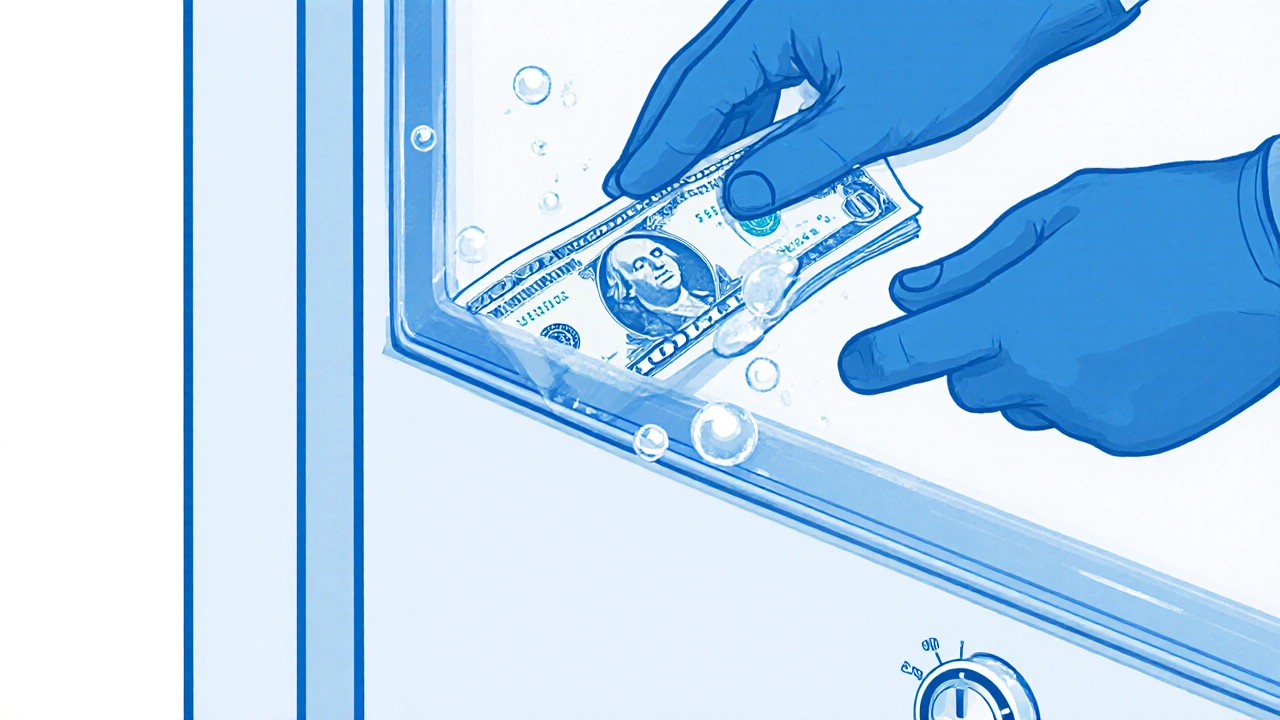
Door seal - the silent heat thief
A warped or cracked door seal is the rubber gasket that runs around the refrigerator door, preventing warm air from entering can let warm air seep in, making the unit work overtime and eventually stop cooling. To test it:
- Close the door on a dollar bill. If you can pull the bill out easily, the seal isn’t tight.
- Inspect the gasket for tears, mold, or food debris. Clean with warm, soapy water and a soft cloth.
- If the gasket is cracked or hardened, replace it - most manufacturers sell a spare for under $30.
Temperature control settings
Modern fridges have digital thermostats, but older models use a knob. It’s easy to accidentally bump the setting to “off” or “warm”. Locate the thermostat regulates the compressor’s cycling by sensing the interior temperature and ensure it’s set to a cooling range (usually 3-5 for a dial, or 3‑4°C for a digital readout). If you’re unsure, reset it to the middle setting and give the fridge 30‑45 minutes to stabilize.
If power and temperature are fine, listen for the compressor and fans
The compressor is the heart of the cooling system that compresses refrigerant gas, raising its pressure and temperature before it circulates through the coils should make a low humming sound when running. Behind it is the condenser coil rejects heat from the refrigerant to the surrounding air, allowing it to cool down before returning to the evaporator. If you hear no noise:
- Verify the fan on the back of the fridge spins freely; a blocked fan can cause the compressor to shut off.
- Check for a rattling or clicking sound - that could indicate a failing start relay, a common cause of compressor silence.
These checks usually require a screwdriver and a quick visual inspection; if you’re uncomfortable, it’s safest to call a professional.
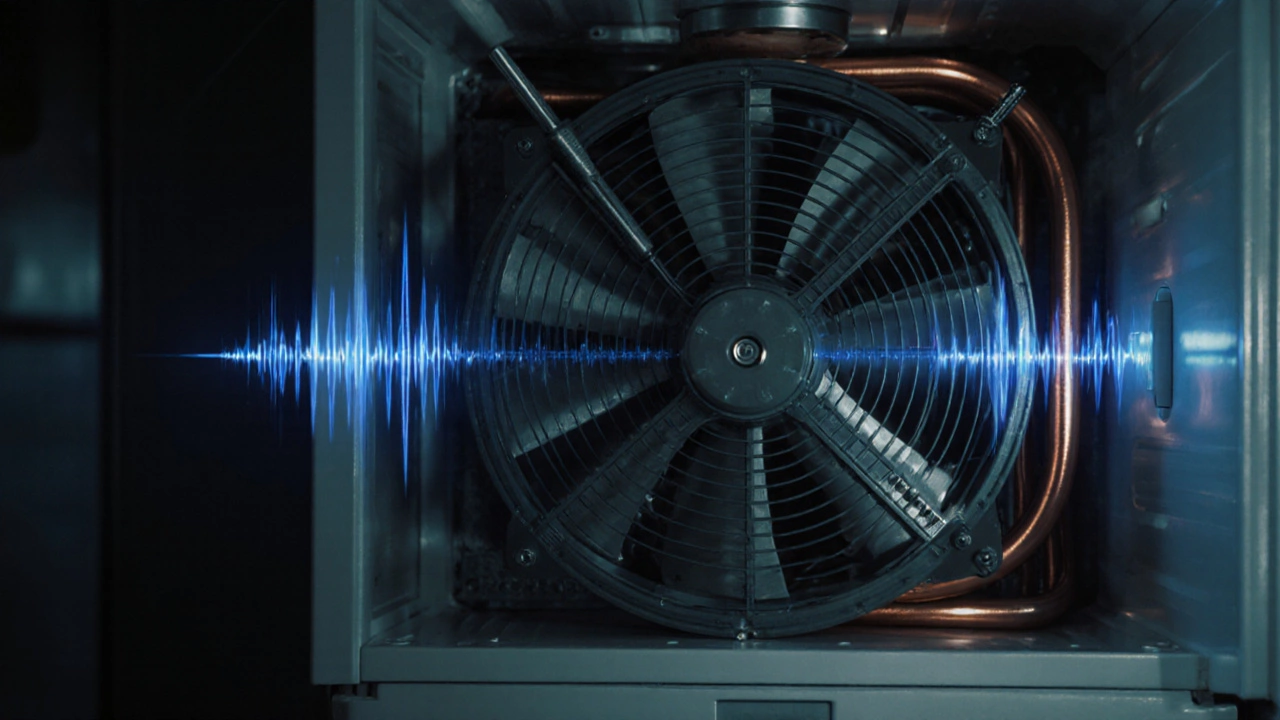
Quick‑Check Checklist
| Check | What to look for | Result → Next step |
|---|---|---|
| Power supply | Plug seated, outlet live, breaker on | If dead, fix power; if live, move on |
| Door seal | Bill test, torn gasket | Clean or replace seal |
| Thermostat setting | Set to cooling range | Reset to middle, wait 45min |
| Compressor/fan noise | Hum or click from back unit | Silence → suspect relay or motor |
| Ice maker (if present) | Water line kinked, ice jam | Clear jam, ensure water supply |
Mini FAQ
Why does my fridge make a buzzing sound but doesn’t cool?
A buzzing motor often means the compressor is trying to start but the start relay has failed. The fridge will run the fan but won’t produce cold air. Replace the relay or call a technician.
Can a tripped GFCI outlet cause the fridge to stop working?
Yes. Many kitchens have a GFCI protecting the countertop outlets. If it trips, the fridge loses power. Reset the GFCI and check if the fridge powers up.
My fridge’s interior is frosty but the freezer is fine. What’s wrong?
Frost buildup in the fresh‑food compartment usually points to a faulty defrost timer or a door seal that isn’t sealing properly. Defrost the unit manually and inspect the seal.
Is it safe to run a fridge on a surge protector?
It’s not recommended. Refrigerators draw high in‑rush currents that can overload most surge protectors, causing them to fail and potentially leaving the fridge without power.
How often should I clean the condenser coils?
At least twice a year, preferably before summer and winter. Dusty coils force the compressor to work harder and can lead to premature failure.
Next steps if the quick check fails
If you’ve run through the power, seal, thermostat, and fan/compressor checks and the fridge still won’t cool, it’s time to look at the temperature sensor monitors the interior temperature and signals the compressor when cooling is needed. A faulty sensor can mislead the control board into thinking the fridge is already cold.
Testing the sensor usually requires a multimeter set to resistance (ohms). The sensor’s spec sheet (often printed on the back panel) will list the expected resistance at 0°C (usually around 10kΩ). If the reading is far off, replace the sensor.
Beyond the sensor, the control board itself may be at fault. Modern units use an electronic PCB that coordinates the compressor, fan, and defrost cycles. Replacing a board is more expensive and typically best left to a licensed appliance technician.
Before you call a pro, gather this information:
- Model number (found inside the fridge, often on the side wall).
- Serial number and purchase date - warranty may still be active.
- Notes from your quick‑check checklist (what you’ve already inspected).
Providing these details speeds up the service call and can save you money.
refrigerator not cooling is a common frustration, but with the systematic approach above you’ll either fix it yourself or have the right facts ready for a professional. A few minutes of inspection often saves a costly repair bill.

